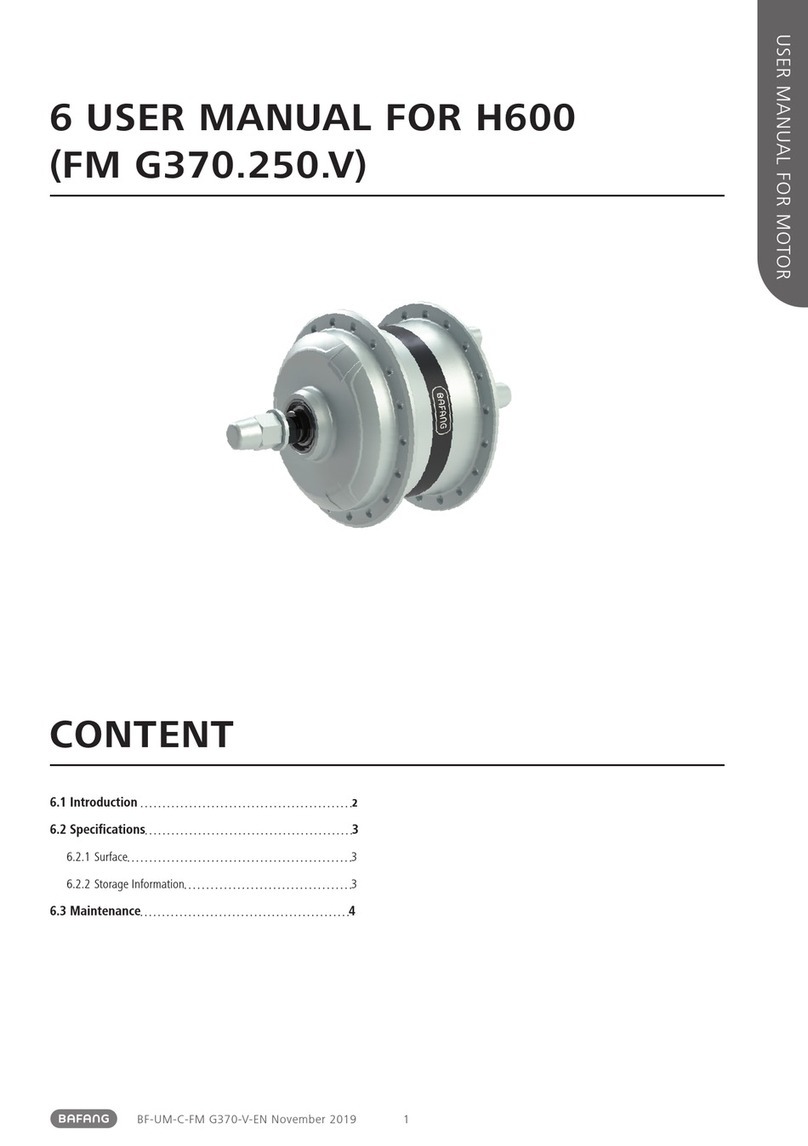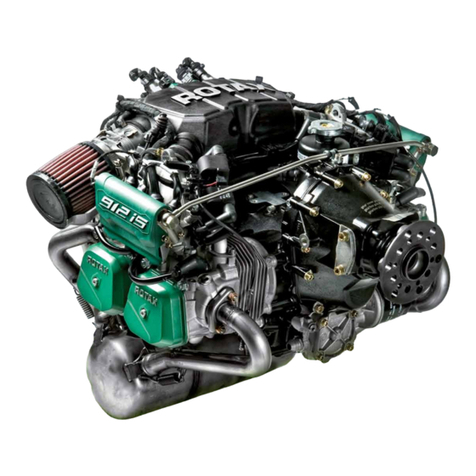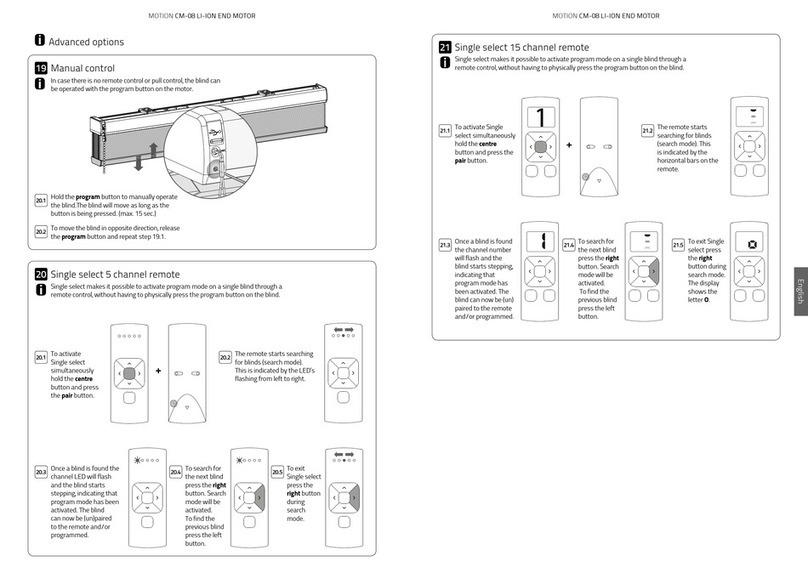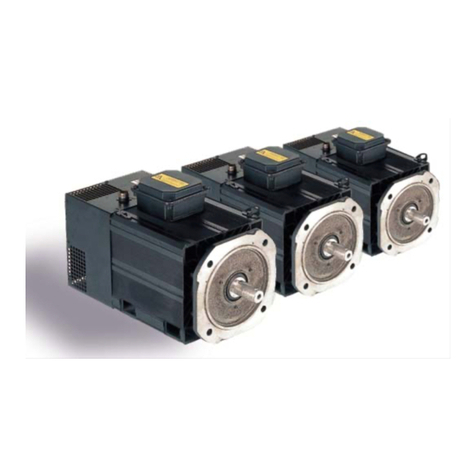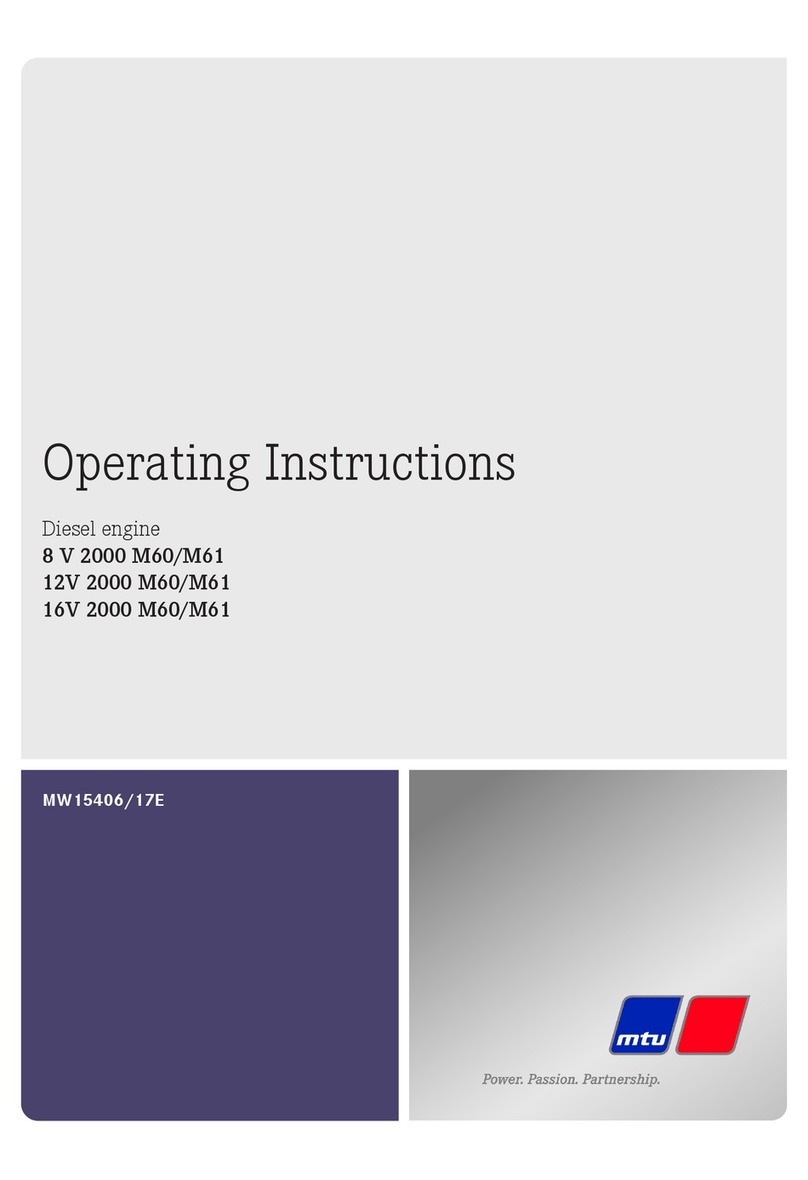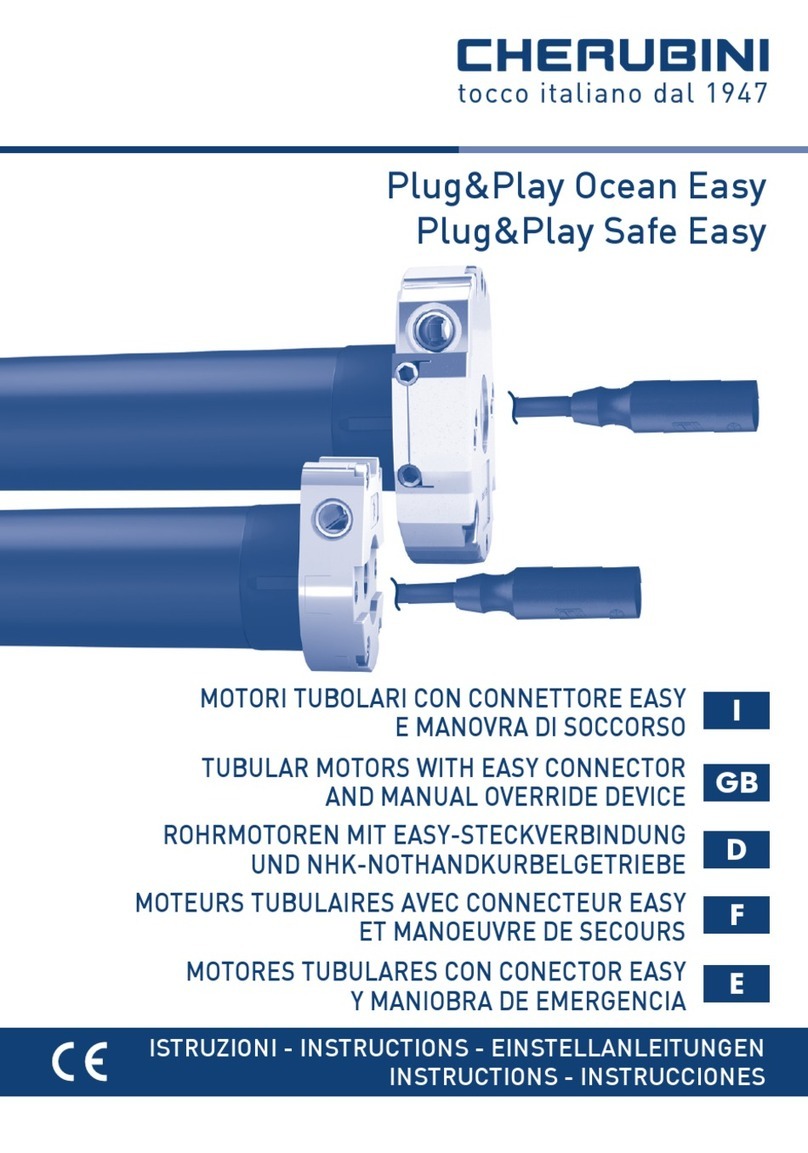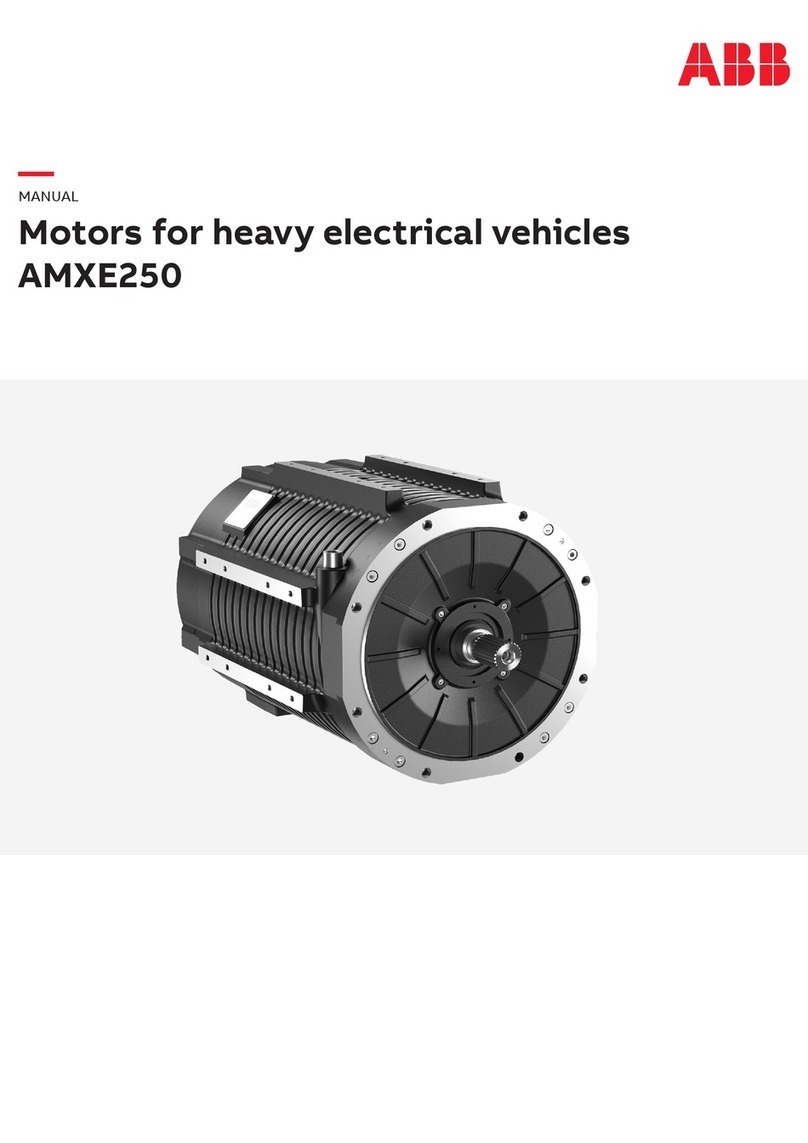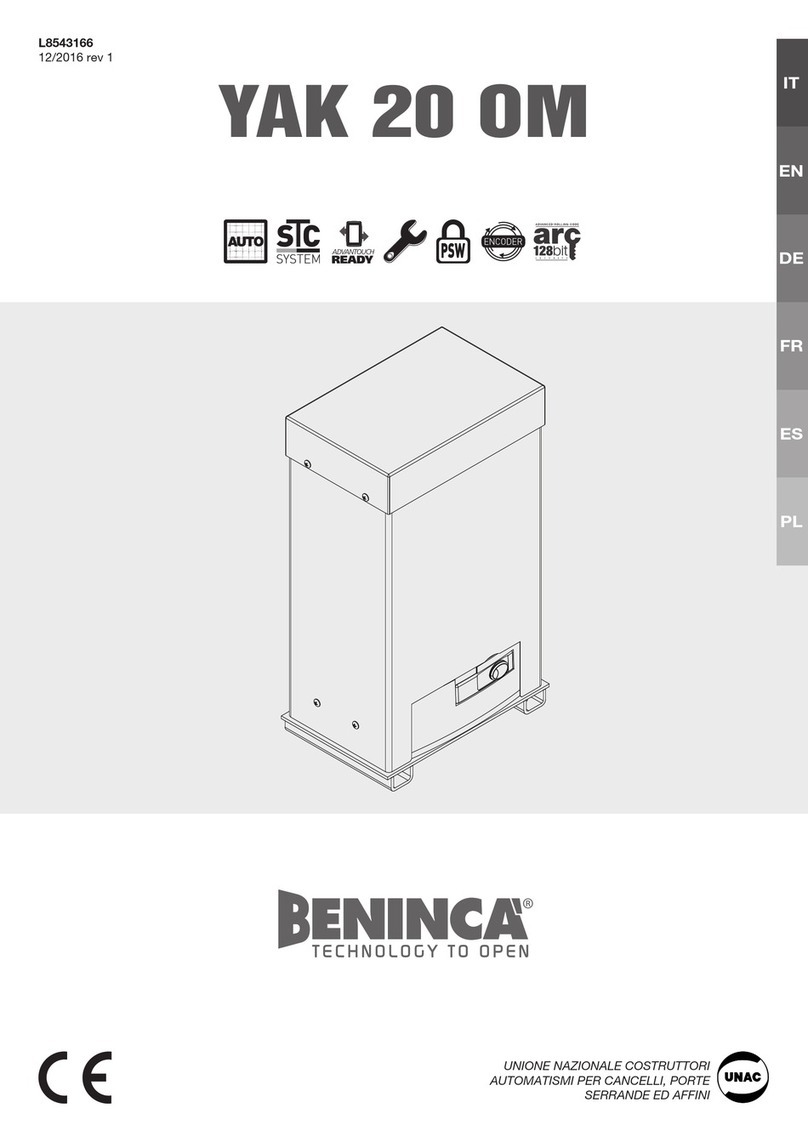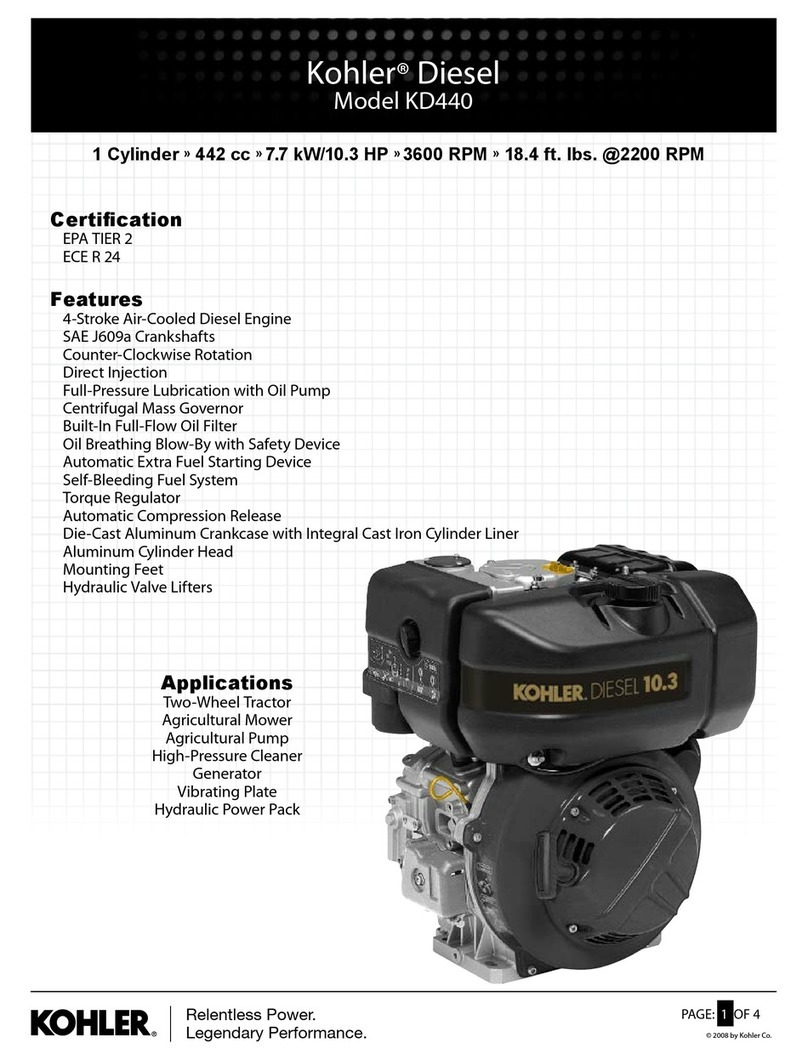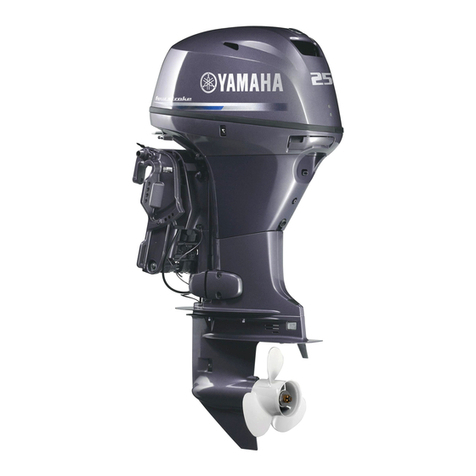EX Model Engines COX User manual

EX Model Engines
COX Engine Operating & Troubleshooting Guide
Items Required:
•1.5 Volt ‘hobby’ battery. CAUTION: Using a voltage greater than 1.5V may result in damage of
glow head. We recommend our battery boxes to ensure correct voltage.
•Glow Plug Clip
•Model engine fuel with nitro content typically between 15% & 25%. Racing fuel may contain 30%
nitro. This must also contain at least a 20% oil content, half of which must be castor oil. Use of
fuel with less than this oil amount can lead to premature wear and inhibited performance.
•A propeller, such as a 5x3 (five inch diameter, 3 pitch), 5x4, 6x3, or 6x4. Always be sure to
balance a new propeller. Correct balance is essential for good performance.
•Fuel bulb or pump to fuel and prime engine. It is recommended you use a filter when fueling the
engine to ensure no foreign materials contaminate the fuel.
•Two Cox engine wrenches (for proper maintenance).
•‘Chicken stick’ (Optional) Use of an electric starter is ‘at your own risk’ and may result in damaged
parts.
•Mounting Screws
•After-run oil (Marvel Mystery Oil works well)
•External Fuel Tank (If engine does not have an integral tank)
Notes & Preparation
A. The fuel pick-up tube inside the tank (integral tank engines only) is positioned for control line
flying. For free flight flying, tank must be removed from engine and end of pick-up tube
repositioned to bottom of tank. If this tube is located in the wrong position, all fuel will not be used
and engine will stop prematurely.
B. When adjusting engine speed, allow for a short delay between movement of needle valve and
change in speed.
C. Mount engine on a test stand or plane. NEVER hold in hand or vise.
D. Connect glow clip to battery or battery box (if applicable).
E. Install propeller on stud or screw (if using a stud, thread into the crankshaft before installing
propeller on stud). Fasten with screw/washer, screw/spinner, or stud/hub. Always ensure the
propeller is secure before running engine.
NOTE: Be sure to inspect the propeller for nicks, chips, or cracks before and after running
engine. A damaged propeller may present serious injury to you and others.
FIGURE A
‘Spring-Loaded” Style Small top fork slides/clips onto top
of core. Lower fork rests on top fin.
Starting Engine
1. Close needle valve (turn clockwise). Do not force or over tighten valve. After closing, open needle
valve (turn counterclockwise) 3 turns.
2. Fill fuel tank. If engine has an external fuel tank this is self explanatory. Integral tanks will either
have a filler nipple on the backplate or a filler tube on the top of the tank bowl (stunt style tanks).
Fuel will flow from overflow hole near the fuel nipple on backplate or bottom of filler tube once
tank is full. Wipe any excess fuel from engine and tank.
3. Prime engine. Close exhaust ports by rotating crankshaft until piston blocks ports. Squirt several
drops of fuel into exhaust ports. Flip propeller over a few times to work fuel into engine.
4. Connect glow head clip to glow head. Glow clip style may vary. See Figure A.
5. Start engine. Flip propeller vigorously counterclockwise (from right to left when facing propeller). If
your engine has a snap starter (starter spring and cam attached to driveplate), engage the
spring/cam and wind the propeller clockwise (from left to right while facing propeller) ONE full
turn. Release propeller, engine should start. If your engine has a spring starter (starter spring with
curved hook), place end of starter spring over propeller and wind it clockwise (from left to right
when facing propeller) ONE full turn. Release propeller, engine should start.
NOTE: If, after a few attempts, the engine does not start, open needle valve another ¼ turn, re-
prime, and repeat starting procedure. Repeat this process a few times opening needle valve
another ¼ turn each time. If engine still will not start, refer to the trouble-shooting section.
6. Slowly tighten needle valve (clockwise) until engine is running at top speed. At top speed, engine
should produce a shrill whine. After engine has reached top speed, loosen needle valve
approximately ½ turn, or until engine runs with a “crackling” or “burbling” sound. Remove glow
head clip and let engine run until the fuel tank runs dry.
Restart and repeat procedure until the engine has burned about three tanks of fuel. This is
paramount for the breaking-in process.
7. Restart engine. Tighten needle valve until engine is running at top speed. Remove glow clip. If
engine holds RPM, it is correctly broken in.
8. If engine is mounted in place, tip nose of plane up to 45 degree angle. If engine speed changes,
readjust needle valve.
Engine Care & Maintenance
A. Cleaning. Engine may be taken apart for cleaning or replacement of parts. Please see our
website or contact us for more information regarding parts and their installation. It is important to
disassemble and clean engine whenever it is dirty. Wash parts in fuel or rubbing alcohol, then re-
oil before assembly. Anytime there is chance dirt may have gotten into engine, disassemble and
clean. Dirt will drastically shorten engine life. If an engine (even a new one) has been sitting in
storage for many years, it is a good idea to disassemble and clean before use. In the event of a
stuck engine, do not force. Apply heat with a heat gun or soak overnight in fuel.
NOTE: If you are unsure about disassembling engine please contact us for our rebuild service.

Fuel Tank
Screws
Needle Valve
& Spring
Venturi Gakset
Fuel Tank Bowl
& Backplate
Reed Valve, Retainer
and Gasket
Crankcase, Crankshaft
and Driveplate
Starter Spring
and Cam
Prop Spinner
& Screw
Glow Head
& Gasket
Cylinder, Piston
and Rod
FIGURE B
TROUBLE
PROBABLE CAUSE
REMEDY
WILL NOT START.
ACTS LIKE BATTERY
WASN’T ATTACHED
TO GLOW HEAD.
Poor battery connection
Check connections of wires to battery and
check to be sure clip is firmly and correctly
attached to glow head.
Weak or dead battery
A good battery should test 1.5 volts or
connect battery to a glow head that is
known to be good. If glow head filament
does not glow bright orange, replace
battery.
Burned out glow head
Remove glow head. Attach glow head to a
good 1.5 volt battery. If filament does not
glow bright orange, replace glow head.
Engine wasn’t primed
Squirt a few drops of fuel through exhaust
ports and onto side of piston then continue
starting procedure.
ENGINE POPS
AND/OR “KICKS” –
WON’T START.
Loose propeller screw
Tighten propeller screw.
Dirt under reed
Carefully unsnap reed retainer and remove
reed. Wash reed and retainer in solvent or
fuel. Replace reed. Be sure reed turns
freely under retainer.
ENGINE STIFF,
PROPELLER TURNS
HARD OR “KICKS”.
Engine flooded, too
much fuel in cylinder
Close needle valve completely. Leave
battery attached and flip propeller (without
priming) until short starting “burst” occurs.
Then open needle valve 2 ½ turns, and
start again.
ENGINE STARTS
THEN SLOWS
DOWN AND STOPS.
Excess fuel at ports
Close needle valve. Flip propeller until
engine starts and burns out excess fuel.
Open needle valve and restart.
SHORT RUNNING
“BURST” (BRIEF
START, THEN
STOP).
Engine not getting
enough fuel (mixture too
lean or tank empty)
Check fuel tank level. Refill if necessary; or
open needle valve another ¼ turn, prime
and start again. It may be necessary to
repeat this procedure 6 to 8 times,
opening needle valve ¼ turn each time.
ROUGH SOUNDING
ENGINE, SLUGGISH,
WEAK POWER.
Loose glow head Tighten glow head with wrench.
Fits glow head
slots for removal
or tightening
For carburetor housing
nut on Tee Dee and
Medallion engines
For venturi on
Tee Dee engines
Fits flats on
top cylinder fin
Fits cylinder exhaust
openings (when piston
is at bottom center) FIGURE C
EX Model Engines Repair Service
We offer an engine rebuild service for all Cox engines. This includes a complete
disassembly, cleaning, and polishing of engine where applicable. All castor oil and
grime is removed and results in a reassembled and oiled engine. This includes all
applicable gaskets. The cost is $11.95 per engine. All additional parts are extra
(where available). Please contact us for more information.
A. Glow Head. Never attempt to remove a hot glow head. A hot glow head will stick, and forced
removal may damage cylinder. Let glow head cool, or pour fuel over to expedite the process. To
remove the glow head use two wrenches. The top fin on the cylinder has two flats. Insert one
wrench over these flats and hold in place while using the other wrench to remove glow head as
shown in figure B. If engine does not have flats on the cylinder, use the end of one wrench and
insert wrench into exhaust ports (when piston is at bottom dead center). See figures B and C.
After part (s) is replaced ensure glow head is tight!
B. Storage. Before storing, run engine until fuel tank is dry. Lubricant in fuel thickens upon exposure
to air and may clog parts if allowed to remain in the tank. Oil engine with a few drops of light oil
such as SAE 10, 3-In-One Oil, or sewing machine oil, then wrap in plastic bag or clean cloth to
protect from dust and dirt.
EX Model Engines EXModelEngines.com
(860) 681-2451
Copyright © 2012 EX Model Engines
Typical Integral Tank
Engine Components
(Exploded View)
Popular Engine manuals by other brands

YOODA
YOODA CORTINO DT72LE Series manual

KEY
KEY STAR 300 Instructions and warnings for installation and use
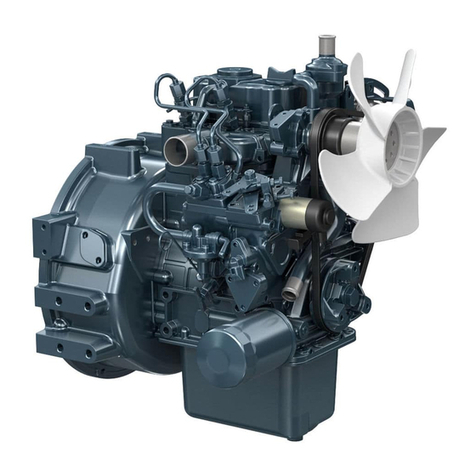
Kubota
Kubota Z482-E Operator's manual
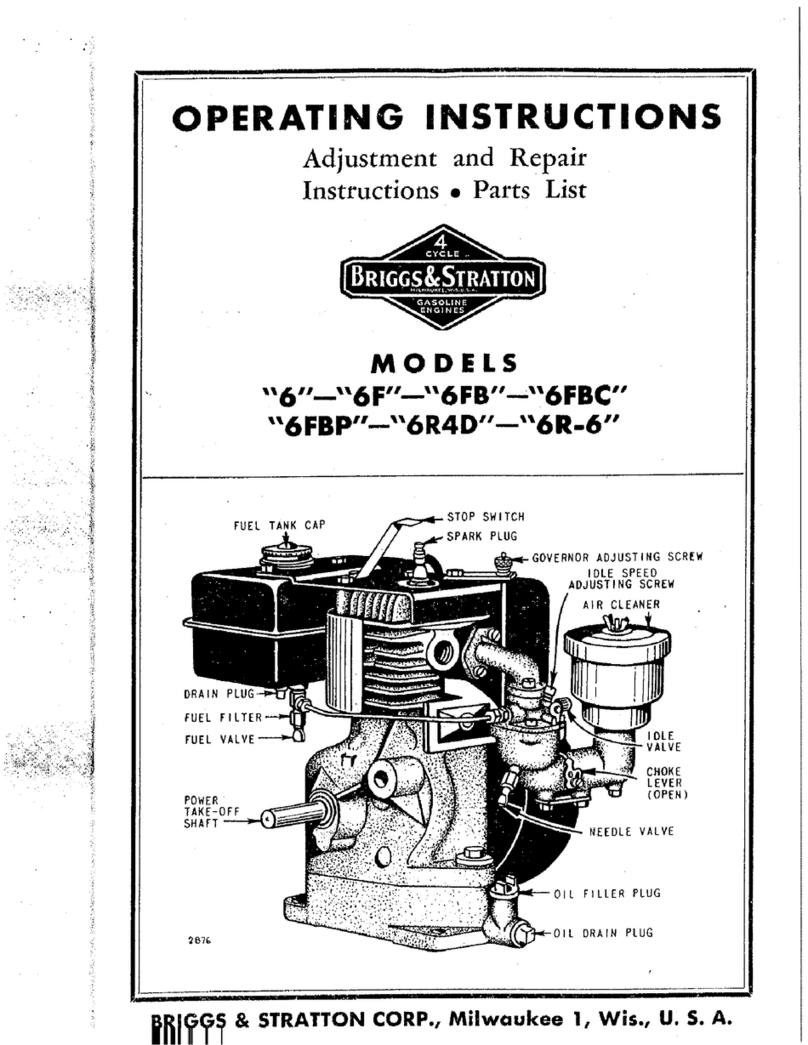
Briggs & Stratton
Briggs & Stratton 6 operating instructions
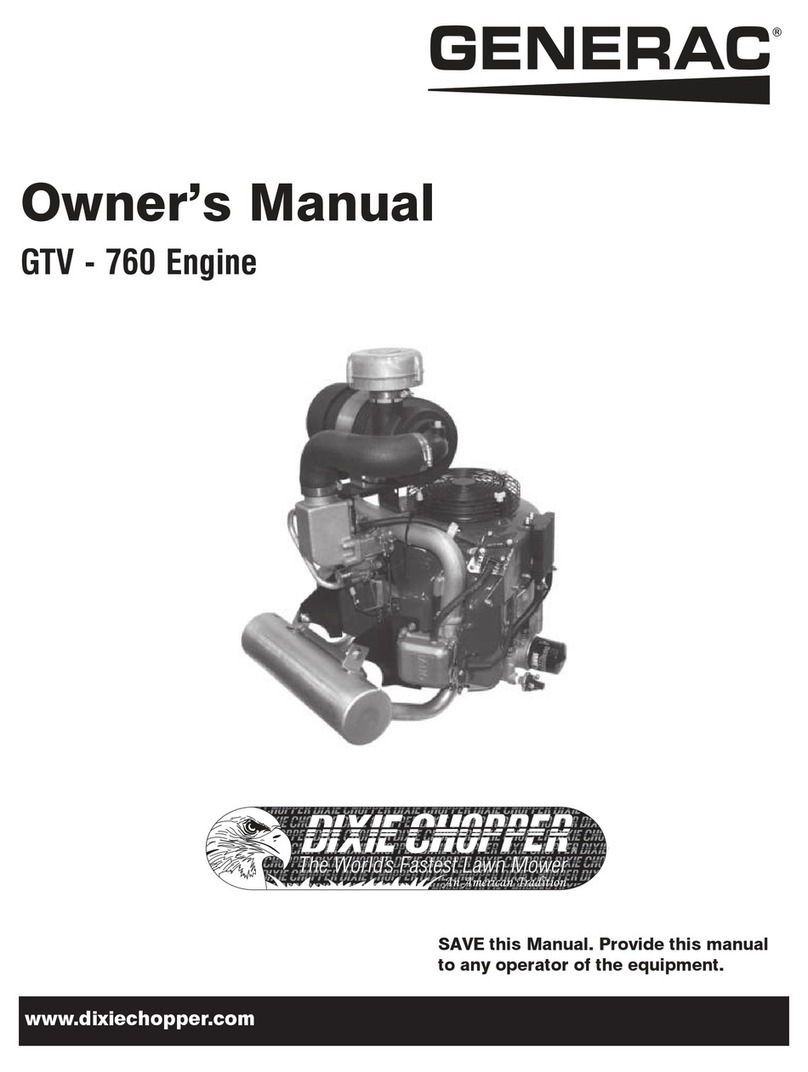
Generac Power Systems
Generac Power Systems GTV-760 owner's manual

Yanmar
Yanmar 2TNV70 Service manual
